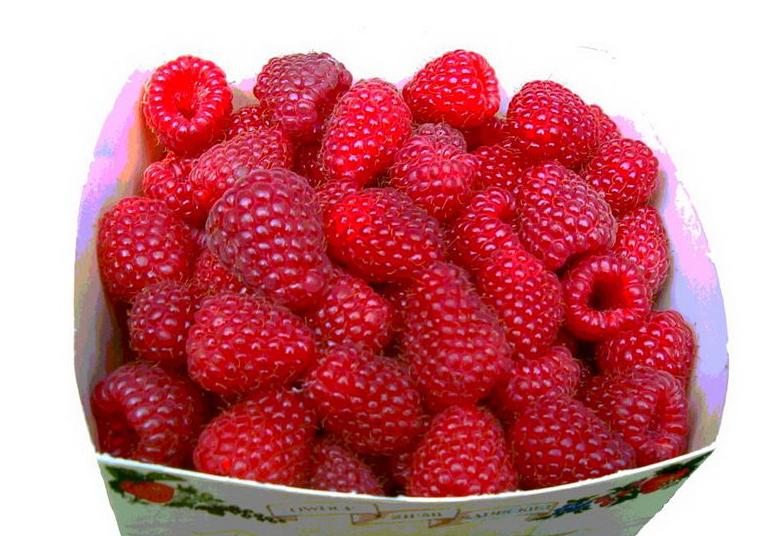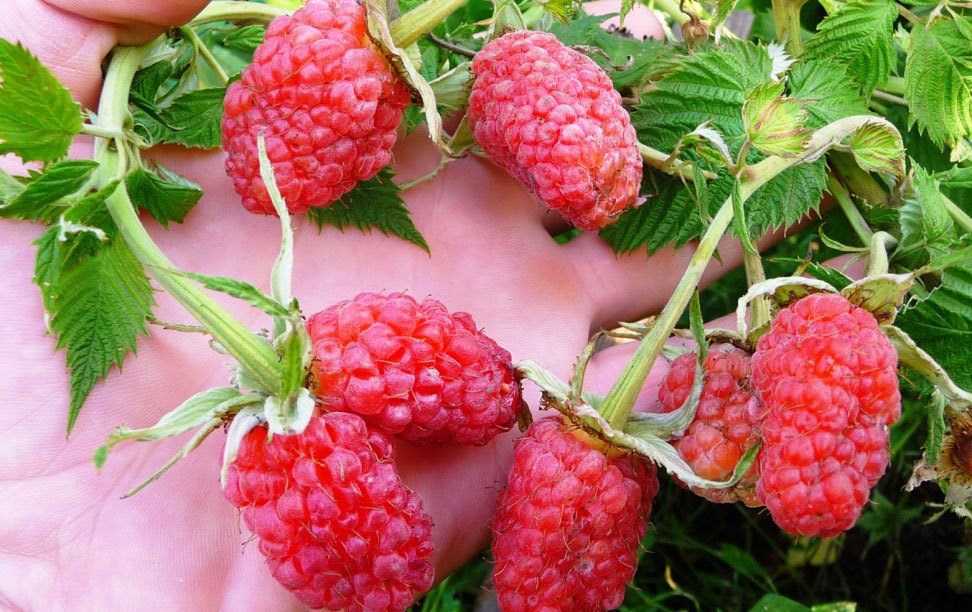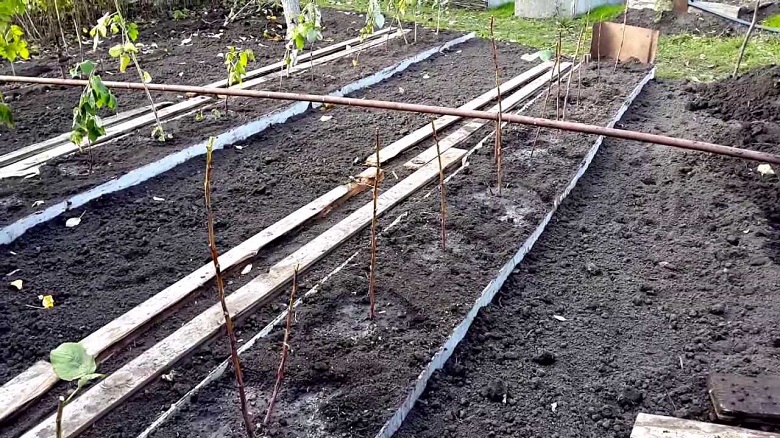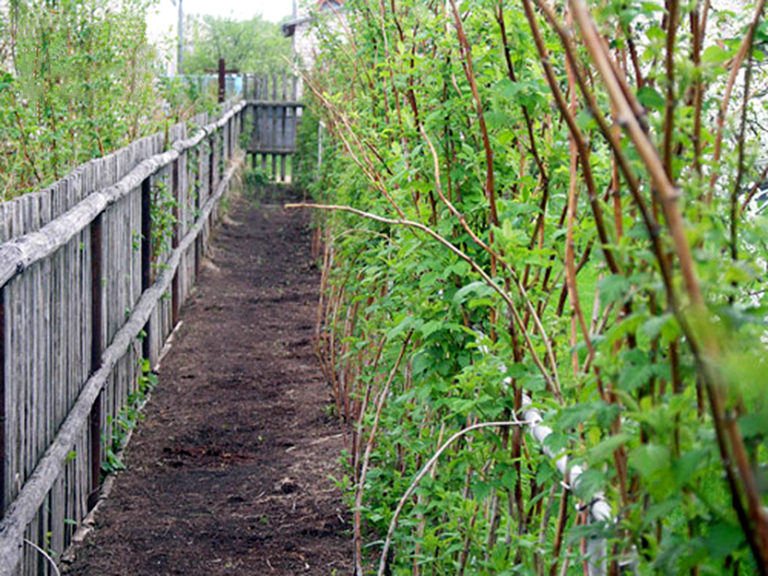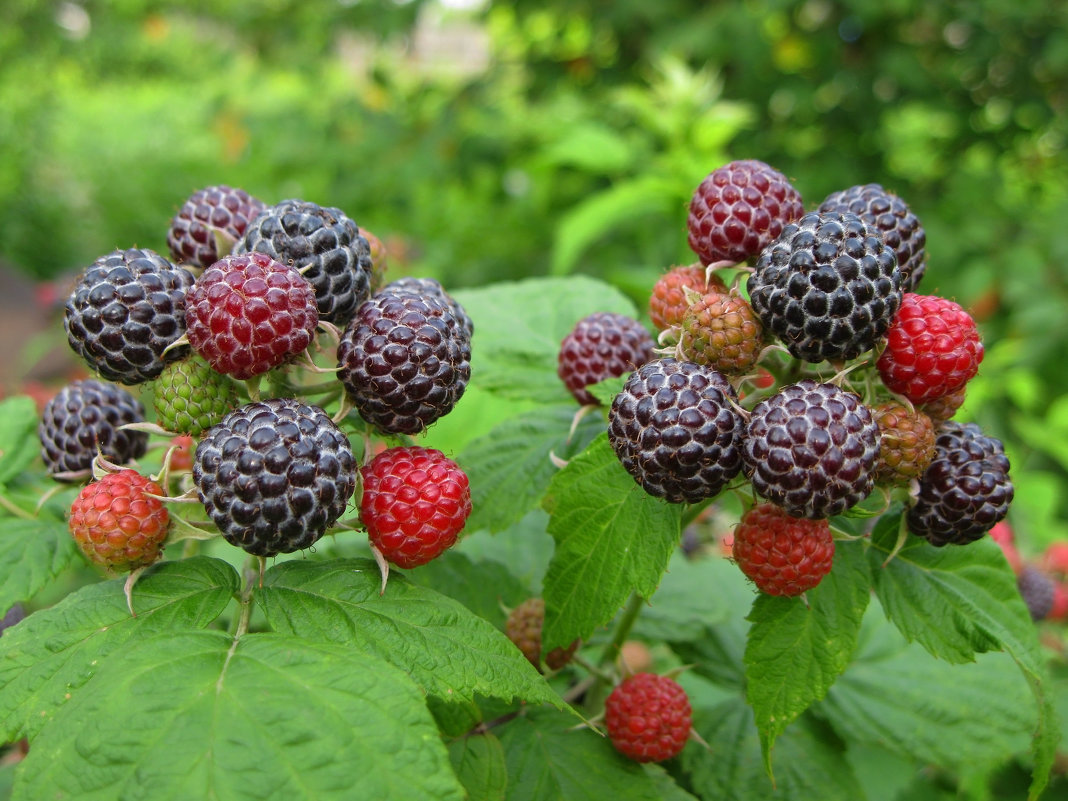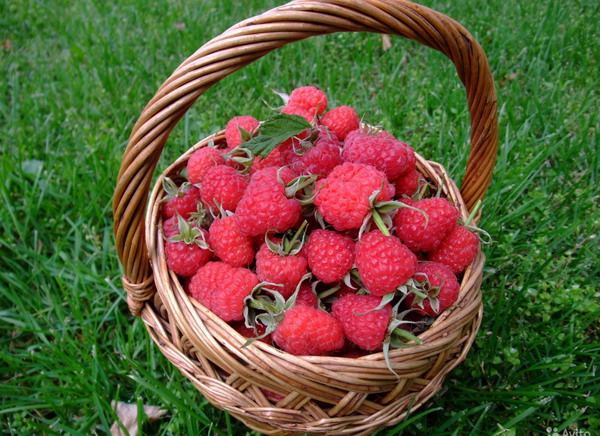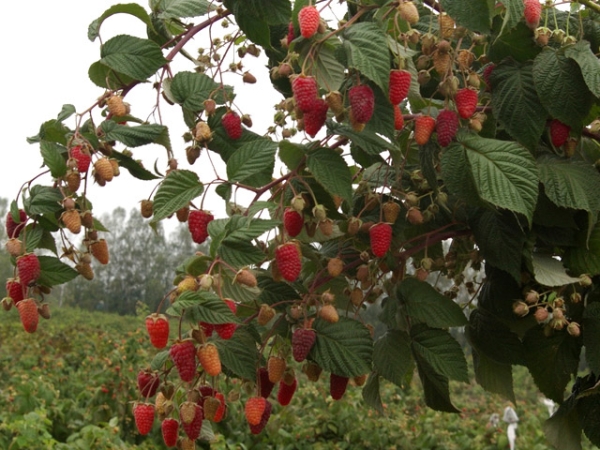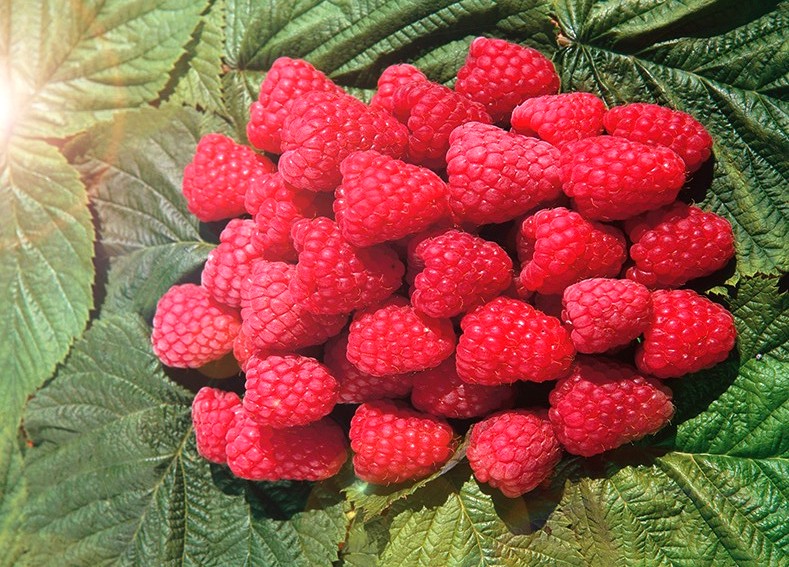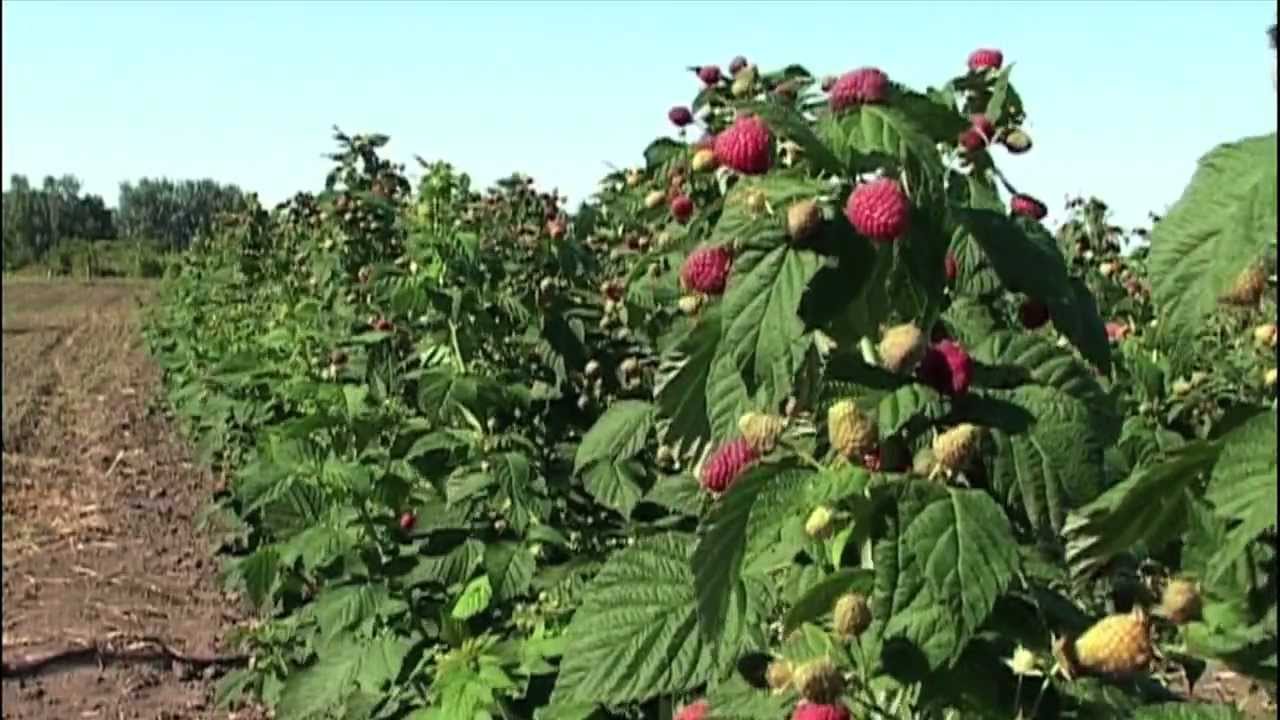Content:
Raspberry Ispolin (Raspberry Ispolin), related to remontant varieties, was bred in 1992 by breeders of the Institute of Horticulture by crossing two varieties: Shtambovoy 20 and Stolichny.
The variety has other names: raspberry Bogatyr and Pride of Russia. The last name can be called speaking. Any gardener would be glad to have bushes of this fruit and berry plant in the garden.
Description
The heroic variety is very common in our country. Its cultivation is carried out both for personal purposes and for industrial purposes. The raspberry bush grows not too tall - up to a maximum of 180 cm. Its main characteristic is the complete absence of thorns, which greatly simplifies the care of the plant. The shrub blooms with white inflorescences, the foliage has a rich green color.
Over the entire growing season, the plant gives at least 10 new shoots and slightly less (6-7) root suckers. On each of the stems up to 30 fruits ripen, in stages in 5-6 passes.
Raspberry variety Giant is a super large-fruited type of raspberry. The berries have an average length of about 5 centimeters and weigh up to 15 grams. The peculiarity of the varietal berry is that doubled and intergrown fruits periodically appear on the plant. The shape of the berry is conical and oblong. The shade is ruby. The dense structure of the fruit allows you to transport the crop without worrying too much about its safety. The giant fruit usually adheres very firmly to its stalks, so that the berries do not fall off even after a week of overripe.
Since the Giant raspberry, in accordance with the description of the variety, is a mid-ripening variety of berries, the harvest ripens in the first ten days of July. The plant has good resistance to diseases and insects, which also cannot but affect the popularity of the variety.
Despite its unpretentiousness and excellent yield, the giant Giant has some disadvantages.
Among the most characteristic are the following:
- reducing the sugar content of berries with a lack of sun and excess moisture received by the roots;
- requires enhanced nutrition;
- needs shelter for the winter in harsh climatic conditions.
However, all these shortcomings can well be considered features that are characteristic of the Pride of Russia variety, which should simply be taken into account when planting raspberries.
Care
Timely ripening and getting a good harvest is possible with good plant care.
Landing
So that the cultivation of the Giant raspberry variety does not turn into a real disaster, it is important to choose the right site for planting the plant. The giant does not tolerate shading and is very picky about neighboring plantings. Raspberry Giant gets along well with wild rose, currant and juniper. But roses and strawberries growing nearby will easily ruin the future harvest. The indicated plants have similar diseases and can easily transmit them.
When planting, close attention should be paid to the soil. Peaty soils and black earth are best suited. The shrub will grow poorly in the lowlands, where in the spring, after the snow melts, water is retained in large quantities, and on clay soil, which does not allow air to pass through well.
Site preparation begins in the fall. The land is thoroughly loosened, cleared of weeds and fertilized. In the spring, the soil will be saturated with nutrients and will be ready for planting. The very process of placing seedlings in open ground practically does not differ from similar manipulations with other raspberry varieties.
Top dressing and watering
Watering the bushes should be done on average once a month throughout the growing season.
Important! Bushes of the Giant variety do not tolerate waterlogging.
The best option would be the drip type of watering the plant. It allows you to constantly maintain the presence of the required amount of moisture in the soil, preventing the raspberry bay. It is recommended to mulch the soil after watering.
Top dressing of the variety is of particular importance, since it is the presence of nutrients that ensures the rapid ripening of the berries. Raspberries are fed twice a year. In the spring, nitrogen-containing compounds are used. They promote the rapid development of foliage and fresh shoots. Before the onset of winter, the soil is traditionally enriched with potassium salt and phosphorus. Nitrogen is unacceptable at this time.
Garter and trim
Any large-fruited plant, including the giant Giant, must be tied up. The garter is made using trellises. They reliably protect the shrub from kinks and kinks, and also make it easier to care for.
The number of trimmings during the year should be at least three:
- Pruning is done once at the very beginning of spring. At this time, remove all snow-damaged, deformed and dried raspberry shoots;
- The second time the manipulation is performed after bud break. At this time, the stems are shortened by an average of 15 cm;
- The last time before the onset of frost comes the time to remove last year's stems and weak non-viable shoots.
Prevention of diseases and pests
Despite the fact that the Giant is resistant to diseases and pests, preventive treatment will not be superfluous. Usually for this purpose, a one-percent Bordeaux mixture is used, from which the main types of raspberry pests die: spider mites, gall midges and raspberry moth.
Preparing for winter
Frosts for the Giant raspberry variety are not particularly dangerous. But only if the air temperature in winter does not drop below -30 degrees. If the raspberry grows in a region with harsh winters, it is imperative to cover the raspberry tree. The bushes are tied together, then tilted and sprinkled with soil. Additionally, you can insulate the plantings with polycarbonate or agrofiber.
After the branches of the raspberry tree are untied in the spring, they will very quickly straighten, align and become as they were before. All that remains is to remove some of the branches that could not survive the winter.
In the modern horticultural market, the berries of the remontant variety Giant are in demand. Their widespread cultivation is carried out not only in our country, but also in many European countries. And this is not surprising at all. The Pride of Russia, or Giant, is an excellent fruitful variety that can become a real decoration of any garden economy. To plant this variety in your dacha means to provide yourself with excellent large raspberries in the required amount.
